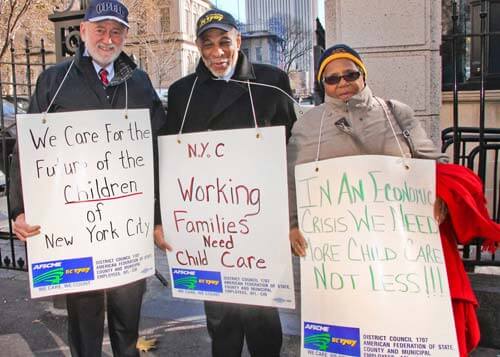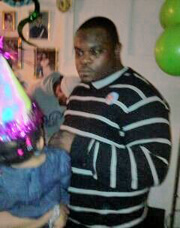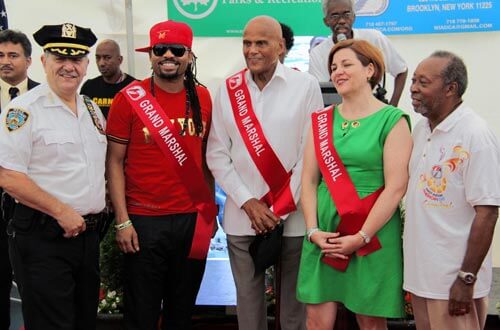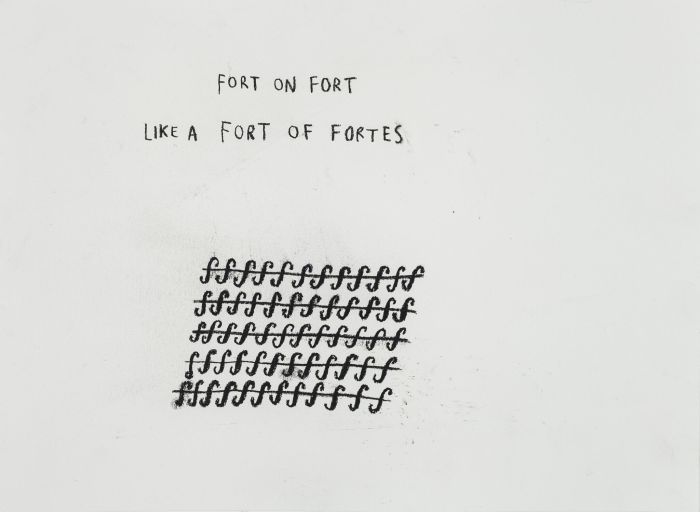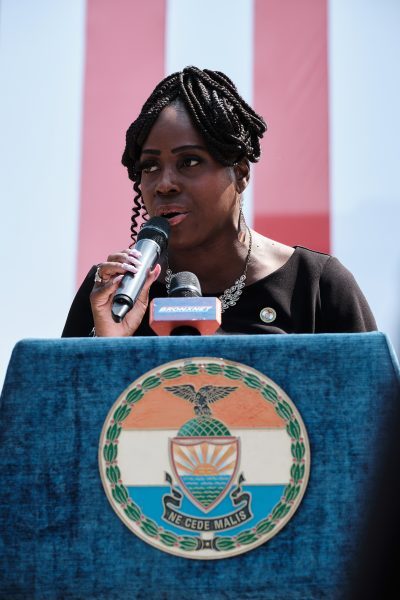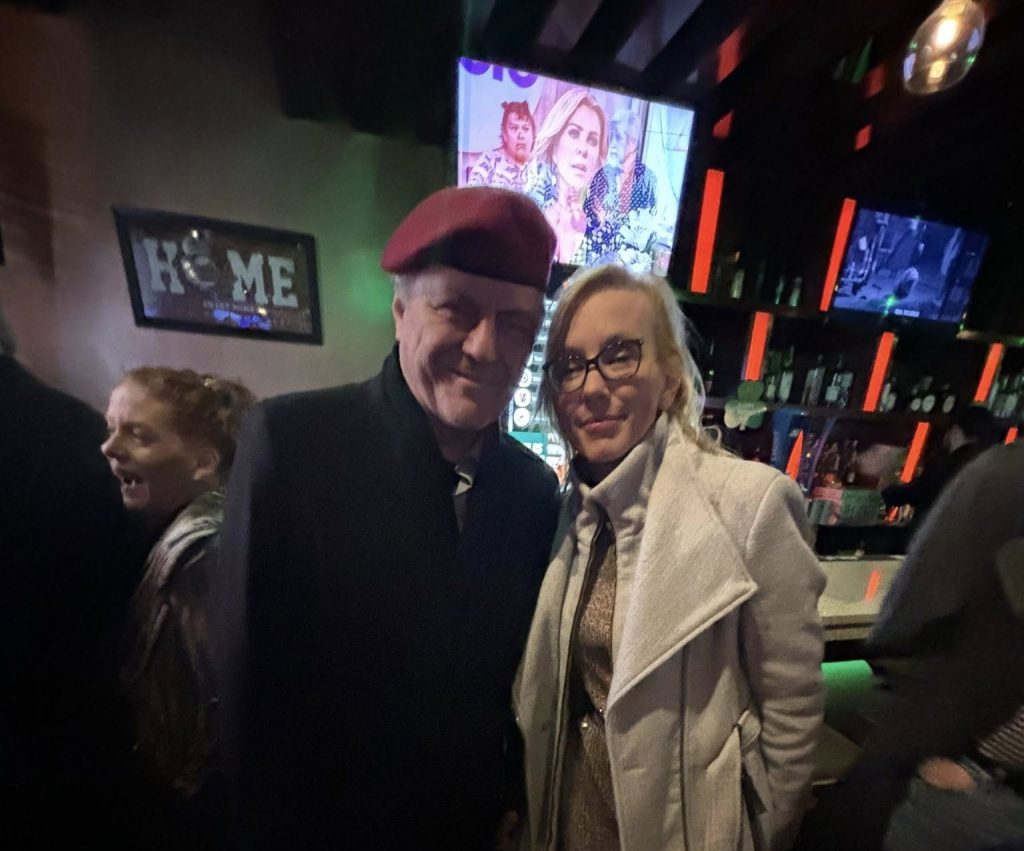Sometimes silence really does speak louder than words. That was certainly the case as thousands of people of all ages, colors, and backgrounds from over 300 organizations marched down Fifth Ave. in expressive silence from 110th St. to Mayor Michael Bloomberg’s Upper East Side townhouse Sunday to protest the New York Police Department’s stop and frisk policy that overwhelmingly targets Black, Latino and other young men of color.
In contrast to the highly vocal past demonstrations regarding this issue, organizers chose silence as an eloquent way to highlight both the tragedy and the serious threat that stop and frisk and other forms of racial profiling present to this society. The silent march was first used in 1917 by the NAACP to help build national opposition to lynching.
What brought protesters out in droves for this march was the fact that during Bloomberg’s administration, over four million people – 86 percent of them Black or Latino – have been stopped and frisked. In 2011 alone, NYPD officers conducted a mind boggling 685,724 street stops – a more than 600 percent increase since Bloomberg took office 10 years ago when there were 97,000 stops. In just the first three months of this year, more than 200,000 people have been stopped.
Even as these stop and frisks continue at higher levels than at any time in the city’s history, in 94 percent of the stops, no arrests were made, and only a tiny percentage of the stops resulted in a ticket. Yet, Bloomberg and Police Commissioner Raymond Kelly persist in defending this policy, claiming that it keeps crime down and guns off the streets. Meanwhile, no gun was retrieved in 99.9 percent of the 2011 stops, leading critics to believe that all this action has actually accomplished is the violation of the civil rights of Black and Latino young men and the escalation of mistrust of police officers by these communities they are supposed to protect.
One of the many young men attending the march who had abundant first hand experience with this policing policy was 18-year-old Theo Wharton, who marched with the after school leadership program El Puente, (The Bridge).
Carrying a poster that read “My Skin Color Is Not a Crime,” Wharton said that since the age of 12 or 13, he’s been stopped and frisked so many times he’s lost track. “I’m a tall African American male who lives in an area where there are lots of African Americans and Latinos, so the cops always assume we’re up to no good – that we’ve got something on us or are doing something bad,” he said. “When they check me they make it seem like I’m a criminal, but I’m not,” he continued indignantly. “I’m just a normal human being. I like to play basketball and dance and do things like that. I’m nowhere near being a criminal. You know the saying, “Don’t judge a book by its cover.’ Why do they always have to assume that I’m doing something wrong and make me feel bad about life just because of the way I look?”
Each of Manhattan’s 12 Community Boards unanimously passed a resolution calling for the reform of stop and frisk. Activists are also calling on the Department of Justice to launch a probe into this program to see whether New Yorkers’ civil rights are being violated.
In May, a federal judge who is strongly critical of NYC police tactics granted class-action status to a lawsuit claiming that the City’s stop and frisk policy discriminates against Blacks and Latinos. In her written ruling, Manhattan U.S. District Judge Shira Scheindlin declared there is “overwhelming evidence” that the stop and frisk program has led to thousands of unlawful stops. She noted that the vast majority of New Yorkers who are unlawfully stopped will never file a lawsuit in response, and she stated that class-action status was created for just these types of court cases.
Since Bloomberg and Kelly continue to turn a deaf ear to the facts that scream out loud and clear to countless others, maybe it will take a class-action lawsuit to stop the police harassment and bring justice to Theo Wharton and all the other good young men like him.


